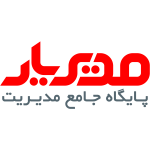بيست نوع ابزار و تكنيك ” ناب ” وجود دارد
خلاصه :
” ناب ” چيست ؟
به طور اساسي دو تعريف از ” ناب ” وجود دارد . يكي نگرش سيستمي ، جهت حذف ضايعات از طريق بهبود مستمر وديگري فرايند كسب وكار جامع – نه فقط توليدي . مديريت ناب فقط به يك فعاليت خاص محدود نمي شود بلكه تمام فعاليتهاي يك كسب و كار را از زمان طراحي محصول تا خدمات پس از فروش در بر مي گيرد . سازمانهاي مختلف ميبايست تشخيص دهند كه ” ناب ” يك سفر است – كسي هرگز به” مقصد آن ” نمي رسد . در نظر بگيريد كه تويوتا به مدت 50 سال در اين سفر بوده است وهنوز براي رسيدن به ” مقصد آن ” تلاش ميكند. هيچ فرمول يا مدل واحدي وجود ندارد . هركسب وكاري بايد ” ناب ” را متناسب با شرايط خود پياده كند . اگرچه شركتهاي بزرگتر مانند تويوتا وهوندا در سفر” ناب” بوده اند ، اما دراينجا اندازه كسب و كار مد نظر نيست بلكه ” ناب ” در كسب وكارهاي كوچك 15 نفره نيز، اجرا شده است .
متن کامل :
” ناب ” چيست ؟
به طور اساسي دو تعريف از ” ناب ” وجود دارد . يكي نگرش سيستمي ، جهت حذف ضايعات از طريق بهبود مستمر وديگري فرايند كسب وكار جامع -نه فقط توليدي . مديريت ناب فقط به يك فعاليت خاص محدود نمي شود بلكه تمام فعاليتهاي يك كسب و كار را از زمان طراحي محصول تا خدمات پس از فروش در بر مي گيرد .سازمانهاي مختلف ميبايست تشخيص دهند كه ” ناب ” يك سفر است – كسي هرگز به” مقصد آن ” نمي رسد . در نظر بگيريد كه تويوتا به مدت 50 سال در اين سفر بوده است وهنوز براي رسيدن به ” مقصد آن ” تلاش ميكند. هيچ فرمول يا مدل واحدي وجود ندارد . هركسب وكاري بايد ” ناب ” را متناسب با شرايط خود پياده كند . اگرچه شركتهاي بزرگتر مانند تويوتا وهوندا در سفر” ناب” بوده اند ، اما دراينجا اندازه كسب و كار مد نظر نيست بلكه ” ناب ” در كسب وكارهاي كوچك 15 نفره يز،اجرا شده است .
چرا ميگوييم ” ناب ” يك فرايند كسب وكار جامع ميباشد در حاليكه اصول آنرا مي توان در واحدهاي ستادي نيز پياده كرد ؟ به طور مثال ، در دهه 1990 ، يك شركت بزرگ با بكارگيري ابزارهاي مديريت ناب تشخيص داد هزينه دوباره كاري كاركنان ستادي ، بيش از جمع هزينه دوباره كاري واسقاطي كارخانه ميباشد .
ابزار” ناب ” مانند : كايزن ، نقشه برداري جريان ارزش وتيم ها ، به طور موفقيت ميزي در سازمانهاي بزرگ خدماتي ” ناب ” ، همچون : بيمه عمر لينكولن و انجمن كمك رساني جهت لوترانس ، اجرا شده است .
بيست نوع ابزار و تكنيك ” ناب ” وجود دارد كه همگي با مقوله اندازه گيري در ارتباط هستند . بسياري ازاين ابزارها وابسته بهم ميباشند ، هرچند يك مجموعه يا نقشه راه اجرايي استقراريافته اي، موجود نمي باشد. هرسازماني اندازه و نوع منحصر به فردي دارد ، اما مجددا” اين ابزارهاي ناب هستند كه تمامي كاركردهاي آن سازمان را در بر ميگيرند . بسياري از اين ابزارها ميتوانند دريك كسب و كار بهم بپيوندند ، خواه يك ستاد پشتيباني جهت توليد باشد ، خواه يك سازمان خدماتي .دواندازه گيري عمده ” ناب ” وجود دارد : گردش موجودي و زمان انتظار .
طبق گزارشات موجود ، تنها حدود 20% از توليد كنندگان ايالات متحده در سفر ” ناب ” مي باشند . احتمالا ” بسياري از اين عذرها را شنيده ايد : ” ما متفاوتيم ” ، ” فرايند ما بسيار پيچيده است ” ، ” مدت زمان زيادي براي اجرا لازم است ” ، ” ناب تأثيري در كسب و كار ما ندارد” و” ما هيچ گونه تهديد رقابتي را نمي بينيم ” . افرادي كه اين بهانه ها وعذرها را ميآورند ، اغلب براي رقابتي شدن تصميمي نگرفته اند .
بعضي از نتايج بهبود ” ناب ” چه هستند ؟
مجله هفته صنعت مطالعه شگرفي را ازبهترين بررسي هاي كارخانه اي ، درمدت بيش از يك دهه ، انجام داده است . 90 % از برندگان كسب كار ازطريق شيوه هاي ناب پيشرفت كرده اند يا به طوراساسي كسب و كار خود را بهبود بخشيده اند .
LEAN THINKING
In the first of two new chapters, the authors track the trend in inventory turns – the lean metric that cannot lie — across all industries, singling out one industry for special praise. They also return to companies examined in the original book, reexamining the progress at Toyota, Wiremold, Porsche, Lantech, Pratt & Whitney, and Freudenberg-NOK. In this variety of companies and production environments, the authors find that lean thinking is more relevant than ever.
“We discover that as economies have gyrated, stock markets have crashed, and the poster companies of the 1990s hailed in other business books have flown a ballistic trajectory, our lean exemplars – led by Toyota – have defied the fate of most firms featured in successful business books,” observe the authors. “They have continued their methodical march from success to success and have done it the hard way by creating real and truly sustainable value for their customers, their employees, and their owners.”
In the second new chapter, the authors share what they themselves have learned about lean thinking and its successful application. For example, in updating the implementation Action Plan from the first edition, they add significant insights into the steps on value-stream mapping and spreading lean thinking to customers and suppliers. And they walk readers through “lean math,” a simple, new way to calculate whether moving from high-cost to low-cost regions really delivers the anticipated payoffs.
The Action Plan helps the reader develop and implement a lean conversion plan. It draws upon the experiences of the authors, as well as leading lean professionals. It breaks down the theory into real nuts-and-bolts language, because lean conversion is more than just techniques — it’s about changing mindsets to identify and eliminate waste.
New readers will discover that Lean Thinking is as relevant to solving their business problems today as it was when first published. A follow-up to the bestseller, The Machine That Changed the World, Lean Thinking revealed to executives and managers the benefits of lean manufacturing, so they can champion the lean transformation.
Written in a straightforward style, the book describes the main concepts of lean and gives specific manufacturing examples. Authors, James Womack and Daniel Jones, interview key people and examine the lean conversions in a step-by-step manner. In the process, they explore the obstacles each organization overcame to reap the benefits of lean production.
The authors use case studies from a wide range of industries, to distill out the essential principles of lean and explain how to apply them in a variety of environments. They illustrate that lean is not just another buzzword or a quick fix. Lean Thinking definitively shows that it is a new way of thinking and a new way for running companies with benefits for everyone from the line worker to the CEO.
The ultimate goal, according to the authors, is the reduction of waste. To achieve this, a company must look at what creates value and eliminate all other activities.
{endslide}







